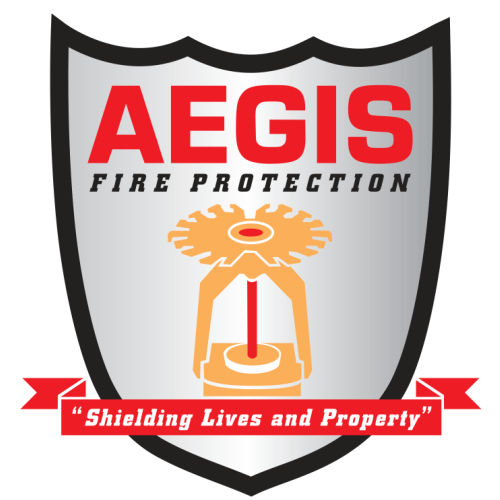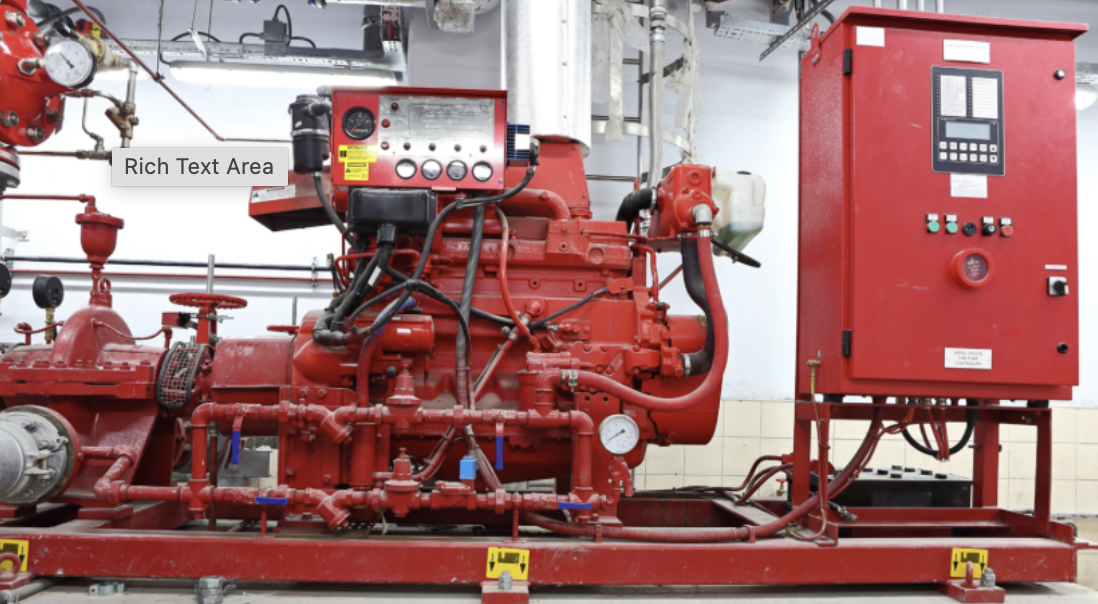Understanding Open Fire Doors and Windows: Fire Safety Tips and the Risks
At Aegis Fire Protection, we care about keeping you safe. We offer essential fire safety services, including fire sprinkler installation, backflow service in Kansas City, and fire alarm service in Kansas City. We understand the critical nature of fire safety and preparedness. Have you ever considered how windows and fire doors affect the spread of a fire in your home or business? They may play a more significant role than you realize.
Ensuring fire safety in any building—residential or commercial—is paramount to protecting lives and property. Among the most critical components in fire safety systems are fire doors and windows, which play a significant role in preventing the spread of fire and smoke while also supporting ventilation systems. This article outlines five compelling reasons why these elements are essential for effective fire containment and overall safety.
What is a Fire Door?
A fire door is a specialized type of door designed to withstand fire and prevent it from spreading from one area to another. These doors are constructed with specific materials that provide a fire resistance rating, ensuring they can endure high temperatures and smoke for a designated period. Fire doors must be properly installed and maintained to function effectively, and they often feature self-closing hinges that automatically close the door in the event of a fire. Additionally, fire doors are an essential part of the fire safety code, helping to create fire separation between different compartments of a building, thereby protecting occupants and allowing for safe evacuation in case of fire.
In essence, fire doors are crucial for maintaining the integrity of fire safety systems within a structure. They are engineered to resist the passage of smoke and heat, significantly contributing to life safety during a serious fire event. When a fire door closes, it effectively seals off areas that might otherwise be exposed to flames, thus preventing the spread of smoke and fire. Regular inspections are necessary to ensure that these doors remain functional and compliant with national fire protection regulations, providing peace of mind to occupants and firefighters alike.
How Open Fire Doors and Windows Affect Fire Safety
Windows can significantly influence fire safety and containment within a building, particularly in relation to how they may be used to facilitate safe evacuation while ensuring basic fire safety. In the event of a fire, open windows may allow flames and smoke to escape, potentially causing the fire to spread to adjacent structures or areas. Conversely, well-constructed windows with fire-resistant features can help contain the fire within a specific compartment. Fire safety information highlights that the type of windows installed, along with their placement, plays a critical role in managing fire risk. Furthermore, the use of tempered glass can enhance fire resistance, reducing the likelihood of breakage during a fire incident.
The placement of windows also affects egress routes during an evacuation. Occupants may need to leave the building quickly through designated fire exit doors, and obstructed or poorly designed windows could hinder this process. Fire and smoke detectors are essential in conjunction with windows, as they provide early warning signals to occupants, prompting them to evacuate safely before conditions worsen. Thus, understanding the significance of windows in fire safety is critical for effective fire prevention and management strategies in any residential building.
How Effective are Fire Sprinklers?
Fire sprinklers are a vital component of fire protection systems, designed to detect and combat fires at their inception. When a fire alarm system is triggered, these sprinklers release water to suppress flames and cool hot surfaces, effectively reducing the fire's intensity. Studies have shown that fire sprinklers can significantly decrease the risk of fire-related injuries and fatalities, making them an essential element in fire safety protocols. However, while sprinklers are highly effective in controlling fires, they do not replace the need for fire doors, as both systems work in tandem to enhance overall safety.
Do I Need Both Sprinklers and Fire Doors?
The question of whether both sprinklers and fire doors are necessary may be answered affirmatively according to the fire code. Each system serves a unique purpose in enhancing fire safety and containment. Sprinklers are designed to detect and extinguish fires, providing immediate action to minimize damage. In contrast, fire doors are integral for fire separation, which helps to hold open areas that might otherwise allow the spread of fire and smoke throughout the building. Together, they create a robust fire safety framework that protects occupants and property alike.
How Often Should You Get Your Fire Doors and Windows Inspected?
When it comes to ensuring fire safety in buildings, understanding how often you should get your fire doors and windows inspected to meet the fire code is crucial. Regular inspections can help identify existing fire hazards, such as combustible materials near entrance doors or stairwell access. Fire drills and fire risk assessments should include checks on whether doors are designed to resist fire or smoke and whether they hold up against a real fire scenario.
In addition to the routine inspections, doors may also require upgrades following a fire test or as part of a new fire safety initiative. Automatic fire detection systems should be inspected alongside these doors, as they play a key role in preventing fire incidents. Information can be found through local fire departments on specific types of fire safety requirements. It’s important to note that doors are often designed to keep the fire contained, and fire resistant features should be maintained to minimize the chances of a fire spreading throughout the building.
Aegis Fire Protection – Backflow Service in Kansas City
Aegis Fire Protection offers a range of products and services designed to enhance fire safety and compliance in Kansas City. Their expertise includes backflow services, which are essential for ensuring that fire sprinkler systems function correctly and effectively to comply with the fire code. By maintaining the integrity of the water supply for sprinklers, Aegis helps prevent potential contamination and ensures that fire protection systems remain operational during emergencies. Their commitment to fire safety extends to regular inspections of fire doors and other safety systems, ensuring that all components work harmoniously to protect occupants in the event of a fire.




